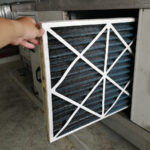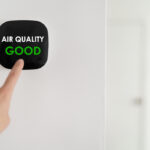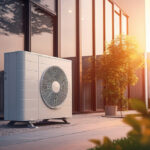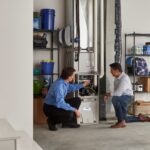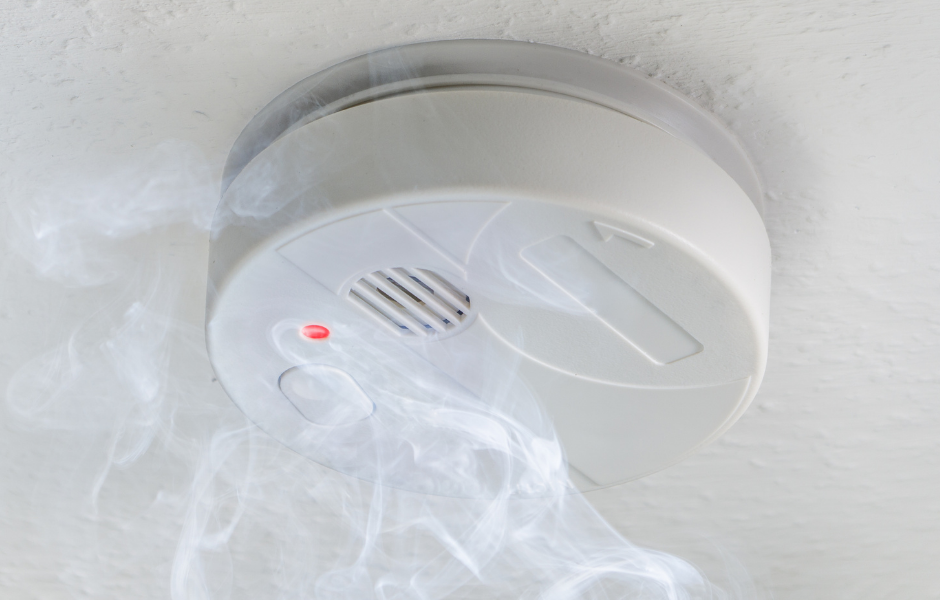
Carbon monoxide, abbreviated to CO, is a frightening topic most people do not know enough about. Breathing the carbon monoxide gas is extremely dangerous, to say the least. Actually, in the United States, it is the leading cause of death by poison. And again, most people have no idea.
Furthermore, did you know our pets can die from carbon monoxide poisoning? Often, they will show symptoms even before humans.
The symptoms of carbon monoxide poisoning mimic a viral infection. So, it isn’t easy to identify the gas in the air without the proper CO detection monitor.
That is why we feel it necessary at Veterans AC & Heat to let everyone we can know about the dangers of CO poisoning and how to prevent it in your home. Keep reading to learn more.
Defining Carbon Monoxide
According to the Environmental Protection Agency,“Carbon monoxide (CO) is a colorless, practically odorless, and tasteless gas or liquid. It results from incomplete oxidation of carbon in combustion. Burns with a violet flame.”
This CO gas is a chemical by-product made from the incomplete burning of natural gases and carbon.
Listen to the following report…
“Each year, around 20,000 people go to the emergency room for carbon monoxide poisoning, and nearly 500 people die from it.”
This shocking reality is troublesome. Simply the fact that it is odorless, colorless, and tasteless makes this silent killer so much worse. In fact, you may even picture it in your mind something like that of a horror movie character. Nonetheless, it is certainly something to be scared of.
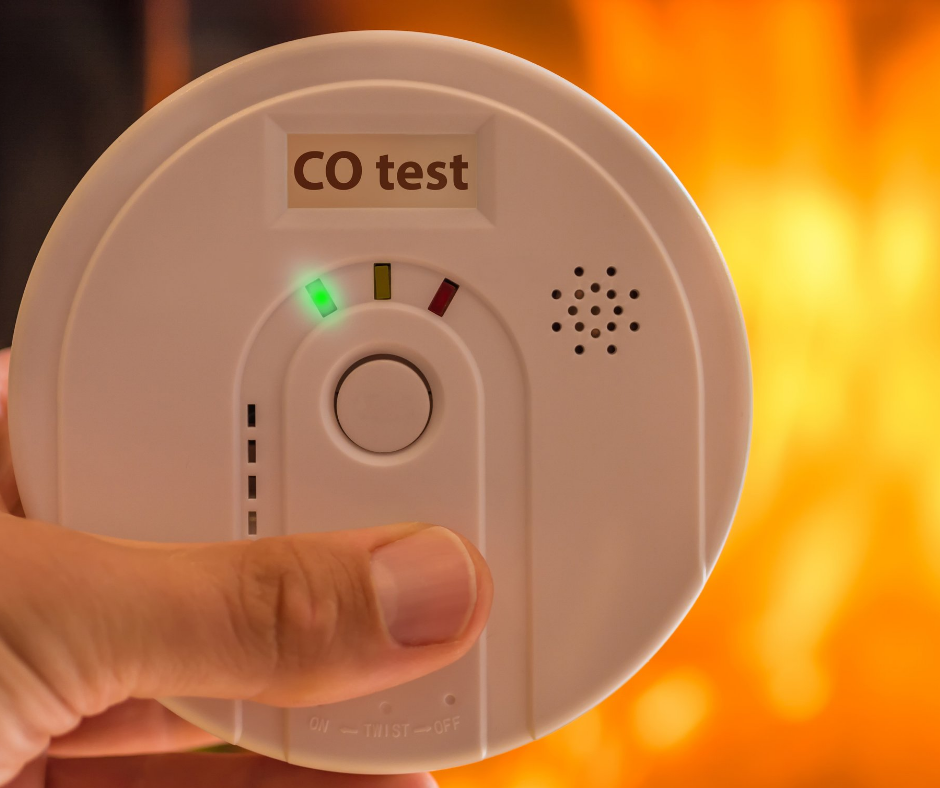
Where Does Carbon Monoxide Gas Come From?
The first step to preventing accidental poisoning in your home is to learn where the gas comes from.
When you take matters into your own hands and learn about things that threaten our homes and families, you gain power over these issues. Prevent your family from becoming another CO victim.
Here is where you can find carbon monoxide risk in your home.
- One of the first places you might imagine is in a woodstove or fireplace. These sources of beauty and heat should be checked and cleaned annually. Also, ensure the flue is open when using the fireplace or stove.
- Fuel-burning appliances also produce CO. The pilot light on your furnace produces carbon monoxide. And you should note that gas stovetops should never be used for heating the home.
- Check your space heaters annually and get them cleaned regularly, as they are another source of noxious gas.
- Never use grills and hibachis indoors for fear of fire and gasses.
- Motor vehicles like motorcycles, boats, cars, ATVs and more produce CO. Never start one of these engines in a closed garage.
- Please use generators outside as they produce CO as well.
- Water heaters that use gas can give off those dangerous fumes too.
- And gas stoves that are not correctly turned off after use can fill a home in no time with carbon monoxide. Always check the stove and oven before bed to ensure the flame is off.
When is it Considered Carbon Monoxide Poisoning?
When someone inadvertently inhales carbon monoxide at high levels, they will fall victim to CO poisoning. The poisoning occurs when CO replaces the oxygen in the hemoglobin of the red blood cells. The body is then not getting the oxygen needed. When symptoms begin to show, the most common is a headache. However, there are additional common symptoms one should be aware of.
- No breathing at all
- Nausea and vomiting
- Muscle weakness
- Low blood pressure
- Irritability
- Impaired judgment
- Hyperactivity
- General weakness and achiness
- Drowsiness and fatigue
- Dizziness and fainting
- Convulsions
- Confusion
- Coma, unconsciousness, or shock
- Chest pain, rapid or abnormal heartbeat
- Breathing problems, shortness of breath, or rapid breathing
Perhaps needless to say, this post is informational only and is in no way a medical document.
If you experience any of these symptoms and feel you may have carbon monoxide poisoning, call 911 immediately.
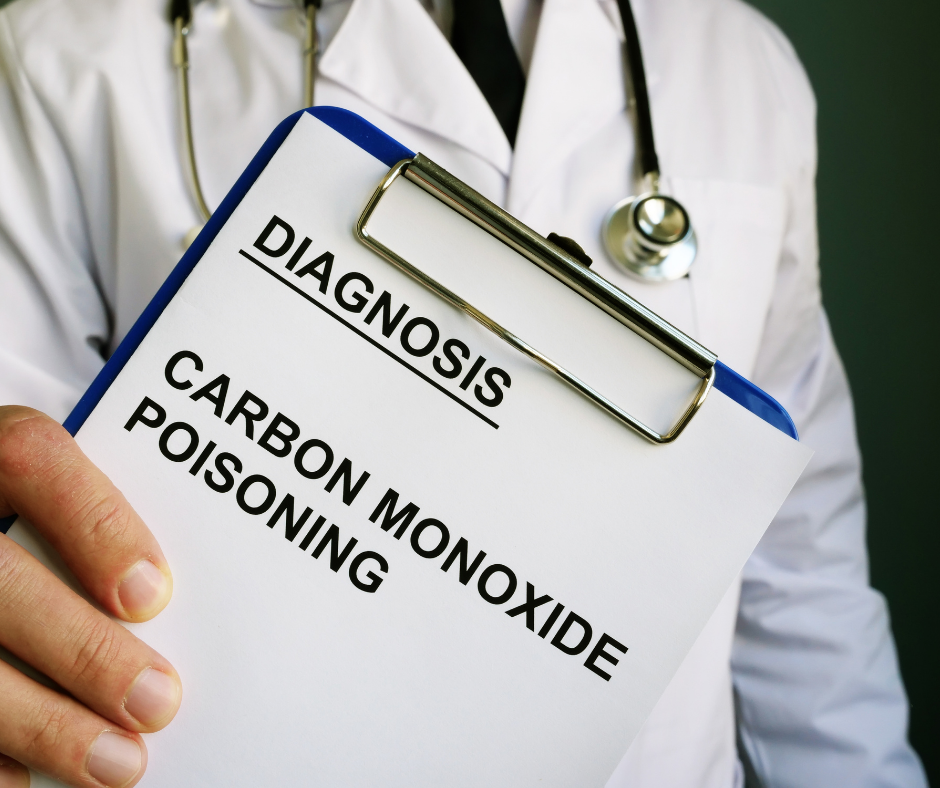
Are Carbon Monoxide Detectors Necessary?
The resounding answer is YES! To keep your family safe from accidental poisoning, you must have CO detectors in the home. It does not suffice to only rely on your fire detectors. Additionally, homeowners should ensure the batteries are changed every six months and have them tested annually.
According to Consumer Reports and arranged in alphabetical order, the best carbon monoxide detectors on the market are listed below.
- Hardwired Carbon Monoxide Detectors: Kidde Silhouette KN-COPF-I
- Plug-In Carbon Monoxide Detector: First Alert CO615
- Battery-Powered Carbon Monoxide Detector: First Alert OneLink CO511B
- Combination Smoke and Carbon Monoxide Detectors: First Alert SC7010B, Universal Security Instruments MIC3510SB
- Smart Combination Detectors: First Alert Onelink Smart 1042135, First Alert Smart ZCOMBO-G (1039833), Google Nest Protect: Smoke + Carbon Monoxide
Maintaining Indoor Air Quality to Minimize the Chance of Carbon Monoxide
Cleaning the air you breathe daily is as important as cleaning the rest of the home. The good news is that homeowners can take actions to care for the air quality in the house. Veterans AC and Heat recommends the following fresh and clean indoor air processes.
Action 1 | Change the Filters
Your home’s HVAC unit is responsible for catching the chemicals, pollutants, and allergens in the air. Whether heat or AC, the system continuously filters the air in the home. Then when too full, the HVAC unit’s motor will be strained and not work nearly as well as one with a clean filter.
Optimal air quality comes when all filters and vents are cleaned and changed regularly. But again, you should know that nothing replaces a detector for carbon monoxide.
Action 2 | Utilize Vents in Different Zones
The vents of the home’s AC system remove humidity that would otherwise encourage mold growth and poor air quality. Also, gas stoves can release dangerous CO and nitrogen dioxide. Therefore, it is good to utilize both the vents and fans on the oven and stove when cooking.
Action 3 | Add Indoor Plants
Plants add beauty and a natural element to a home. But did you know that indoor plants do more than just improve the aesthetics? Plants clean the air; they naturally recycle air and keep it healthier for your family. That said, plants do not remove carbon monoxide. So, those CO detectors are still vital to your health and safety.
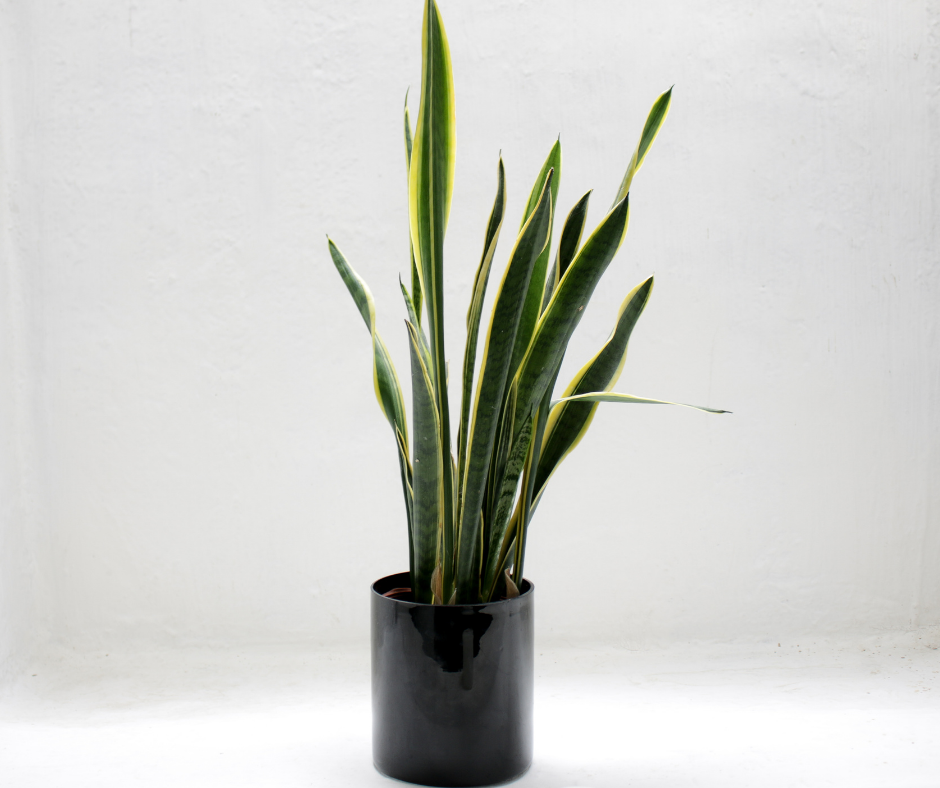
Keep Carbon Monoxide Out of Your Home
Air quality indoors can be clean and safe with minor changes to your home environment and HVAC preventative maintenance.
Furthermore, our company offers air purifiers and more. Here are a few of the brands we recommend:
- Carrier EZ Flex Cabinet Air Filter
- The Carrier Infinity Air Purifier
- Carrier Performance Ultraviolet Germicidal Light (UV)
- Reme Product: Reme Halo In-Duct Air Purifier
- Bipolar Ionization Service
Our mission is to provide you with the highest quality air in your home at Veterans AC and Heat and keep your HVAC system running. Additionally, our maintenance plans ensure that everything runs correctly and efficiently through every season.
Please give us a call or contact Veterans AC and Heat today!
